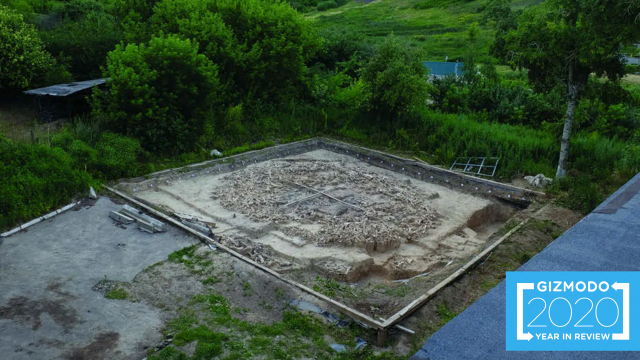Archaeology is the closest thing we have to a time machine. Instead of using flux capacitors, however, archaeologists rely on technology like ground-penetrating radar, scanning electron microscopes, DNA sequencing, and of course, the good-old-fashioned shovel. Equipped with the right tools and techniques, the work of these scientists allows us to reconstruct the past and imagine things as they once were.
Years from now, when we look back on the year that was 2020, archaeology won’t be the first thing that comes to mind. But that’s not to say it wasn’t a good year for this important scientific discipline, and these 12 discoveries were among the most compelling.
A Buried Roman City Is Exposed, and No One Lifted a Shovel
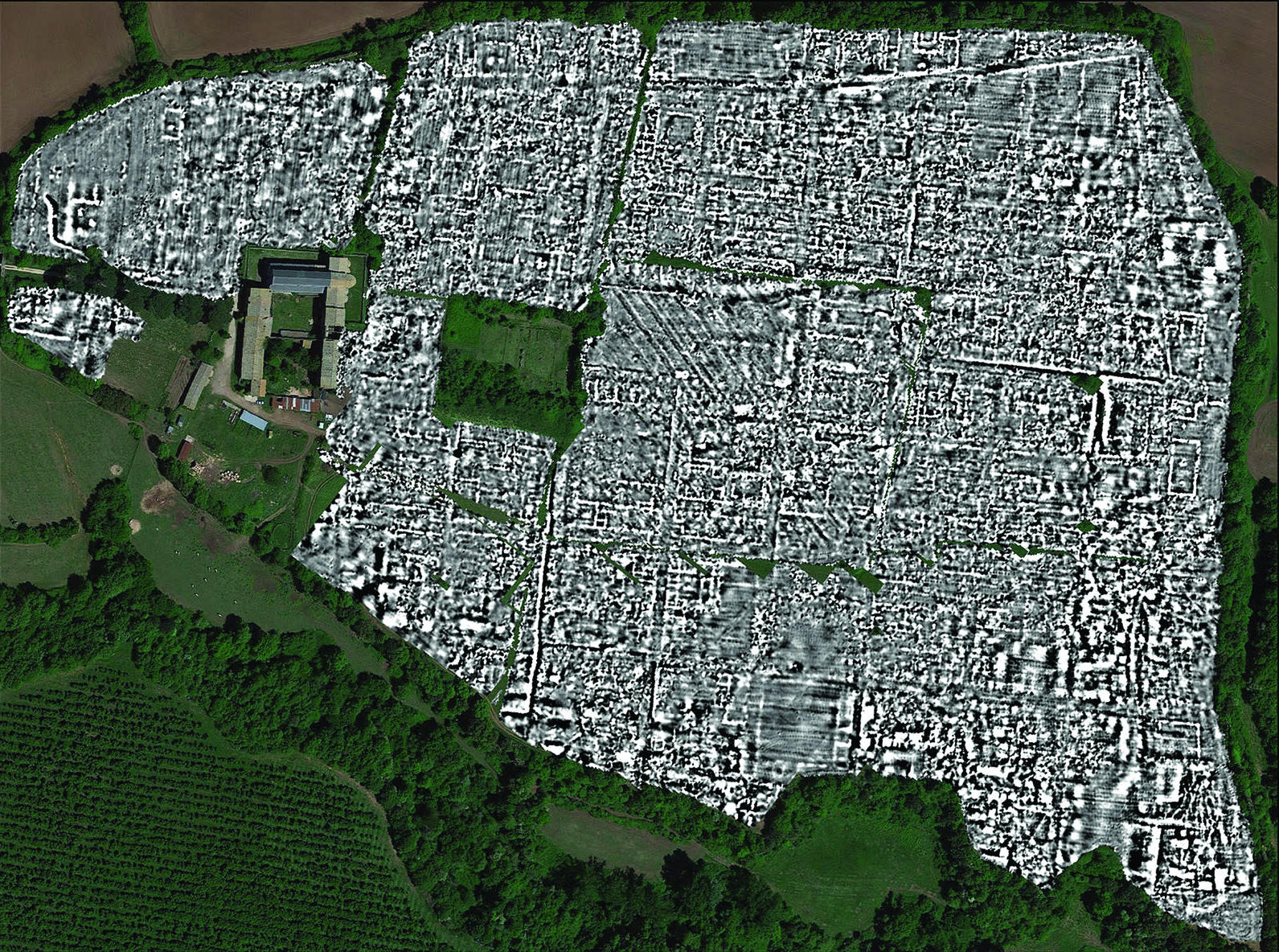
Remote sensing technology allowed archaeologists in Italy to map the locations of buildings, monuments, passageways, and pipes in the buried ancient Roman city of Falerii Novi, and they did so without any digging. The city, located 50 km north of Rome, was previously known to archaeologists, having been occupied from 241 BCE until 700 CE, when it was abandoned. Though exceptionally detailed, the map is considered preliminary, as the scientists have yet to fully analyse the 28 billion data points gathered by the ground-penetrating radar.
A Giant Cat Reappears in Peru after 2,000 Years
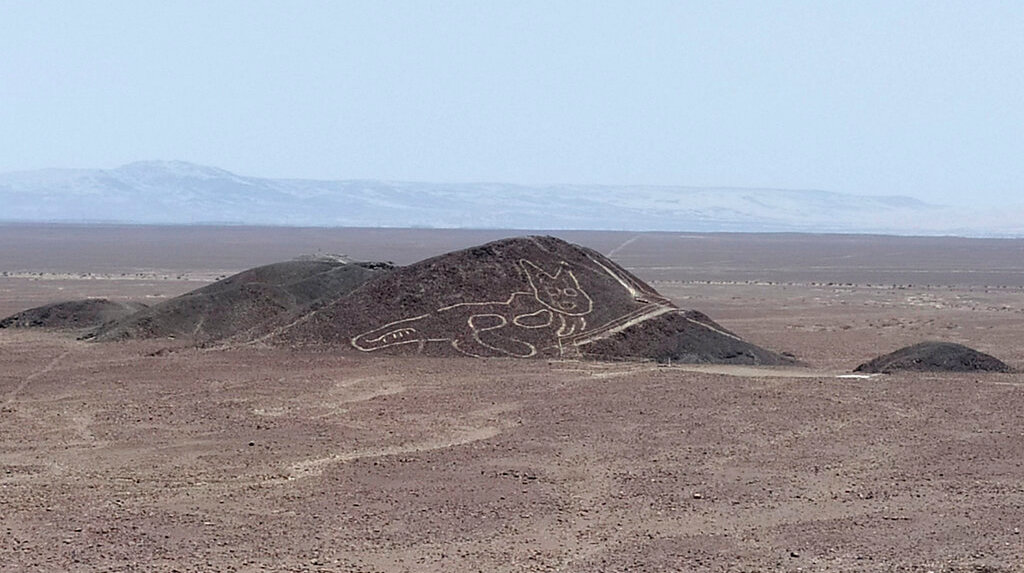
Workers in Peru accidentally stumbled upon a 37 metre-long drawing of a cat on Mirador Natural Hill, which looks over the Nazca Lines UNESCO site. The feline geoglyph dates back some 2,000 years to the Paracas culture (so, technically speaking, the artwork doesn’t belong to the Nazca, who appeared later in the region). The drawing of the gigantic cat was overlooked for so long because the lines were very badly faded. Recent restoration work shows the cat in detail, with its head turned toward the viewer.
A Buried Female Hunter Upends Beliefs About Prehistoric Gender Roles

The 9,000-year-old remains of a young woman found buried with her big-game hunting toolkit suggests the division of labour by gender was more equitable in the past than is often assumed. The woman, who died between the ages of 17 and 19, lived in the Andean highlands of South America, and she likely used her stone projectile points to take down vicuña. Animal processing tools found in the woman’s grave also suggests she butchered her prey. The scientists who made the discovery also reviewed the archaeological literature, finding a batch of cases in which women were buried alongside big-game hunting gear. As the authors put it, “modern gender constructs often do not reflect past ones,” with scientists making “uncritical assumptions about past gender roles.”
Victims of Ancient Vesuvius Eruption Were Baked, Not Vaporized
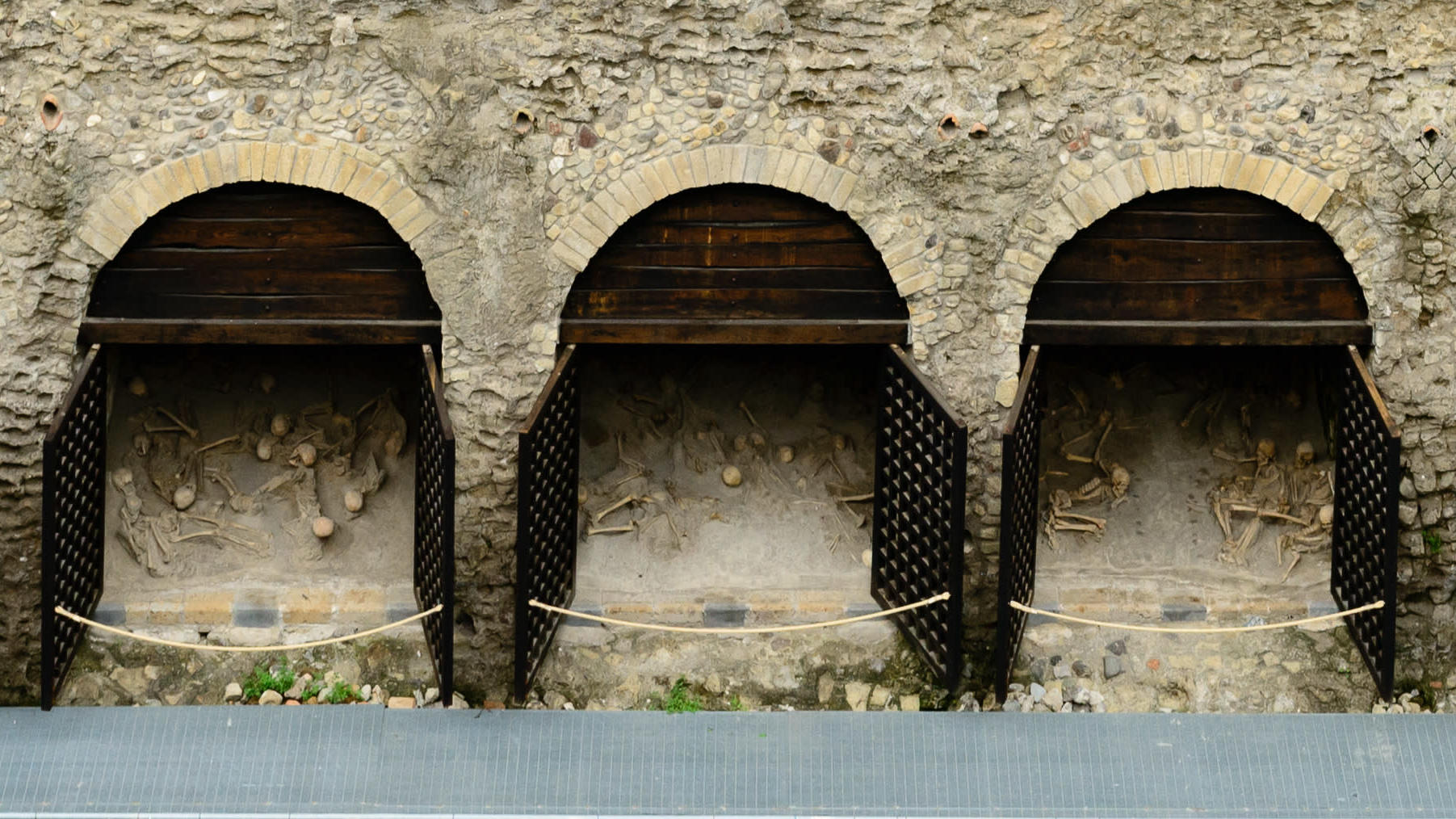
When Mount Vesuvius erupted in 79 CE, hundreds of panicked people from the ancient Roman city of Herculaneum sought refuge in beachside boat chambers known as fornici. Archaeological evidence published this year suggests these unfortunate souls died inside these stone chambers, but instead of being instantly vaporized (as per a previous theory), they lived long enough to suffocate from the volcano’s toxic fumes. Their bodies baked inside the chambers, as temperatures reached 400 degrees C.
A 1,000-Year-Old Precursor to Stainless Steel in Iran

Ancient Persians were forging alloys made from chromium steel, commonly referred to as stainless steel, some 1,000 years ago, according to a paper put out in September. The steel, made from 1% to 2% chromium and 2% phosphorus, was used to produce swords, daggers, armour, and other items. Technically speaking, these items weren’t stainless, and they were quite fragile (owing to the added phosphorus), but it’s now the earliest evidence of the intentional addition of a chromium mineral (in this case, chromite) to the crucible steel charge.
Native Americans May Have Reached Polynesia Long Before Europeans
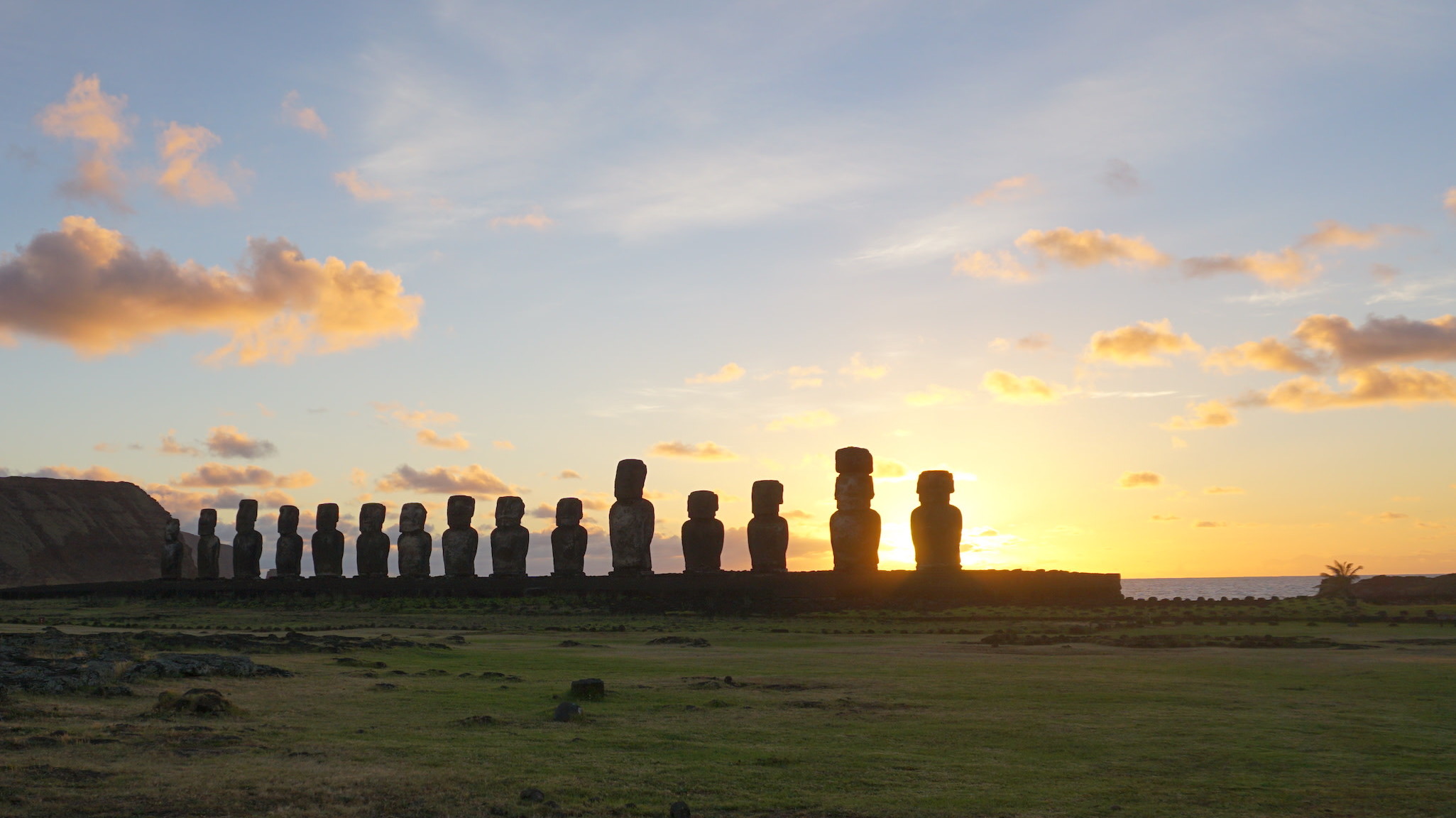
Fascinating research from July suggested that indigenous South Americans voyaged to South Pacific islands some 300 years prior to the arrival of European colonists. Genetic evidence points to an epic journey made around 1200 CE, when a group from South America travelled for thousands of miles to Polynesia, where they mingled with the local population, leaving their genetic legacy behind. This mixed population then went on to populate other islands around 1380 CE, including Rapa Nui, commonly known as Easter Island.
A Bizarre Circular Structure Discovered Near Stonehenge
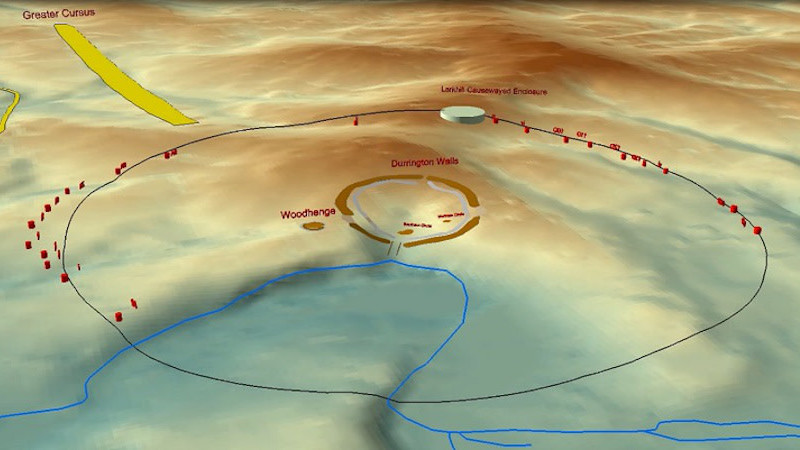
Archaeologists working on Salisbury Plain near Stonehenge found evidence of a gigantic circular structure dating back some 4,500 years. The structure once consisted of 20 carefully positioned pits, the largest of which measured more than 5 metres deep and 10 to 20 metres wide. Forming a circle, the pits were, on average, around 864 metres from the centre point, and it’s now considered the biggest prehistoric structure ever found in Britain. Its purpose is unknown, but it could’ve been used to designate a sacred space.
Neanderthals Probably Invented String
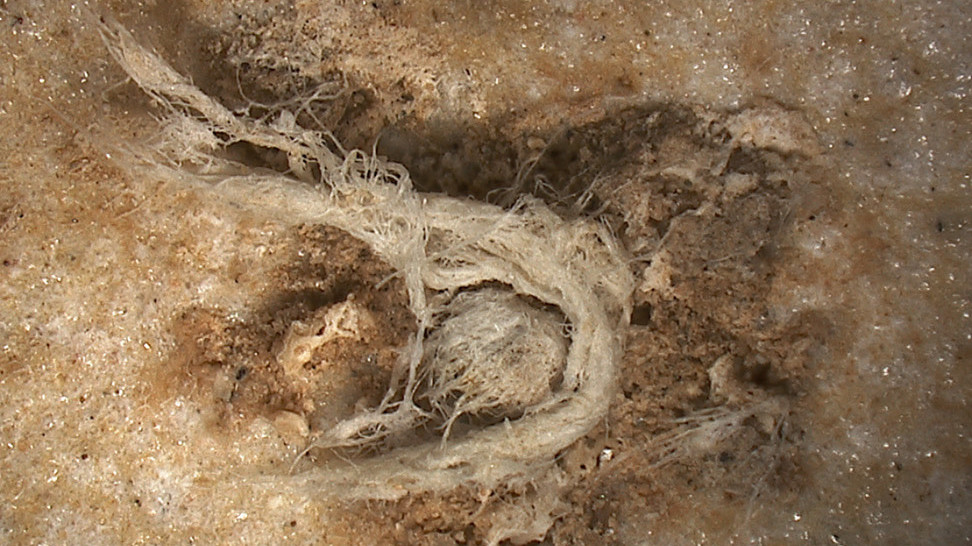
The discovery of a 41,000-year-old cord fragment in France suggests Neanderthals invented string. Prior to this discovery, the oldest example of cord technology came from Israel and dated to 19,000 years old. The cord fragment consists of multiple fibres that were twisted into yarn, that were then twisted back to form a cord. Archaeologists believe the string was used to attach a flake to a handle, or it came from a bag or other device used to carry a flake found next to the cord.
A 200,000-Year-Old Human Bed Made From Grass and Ash
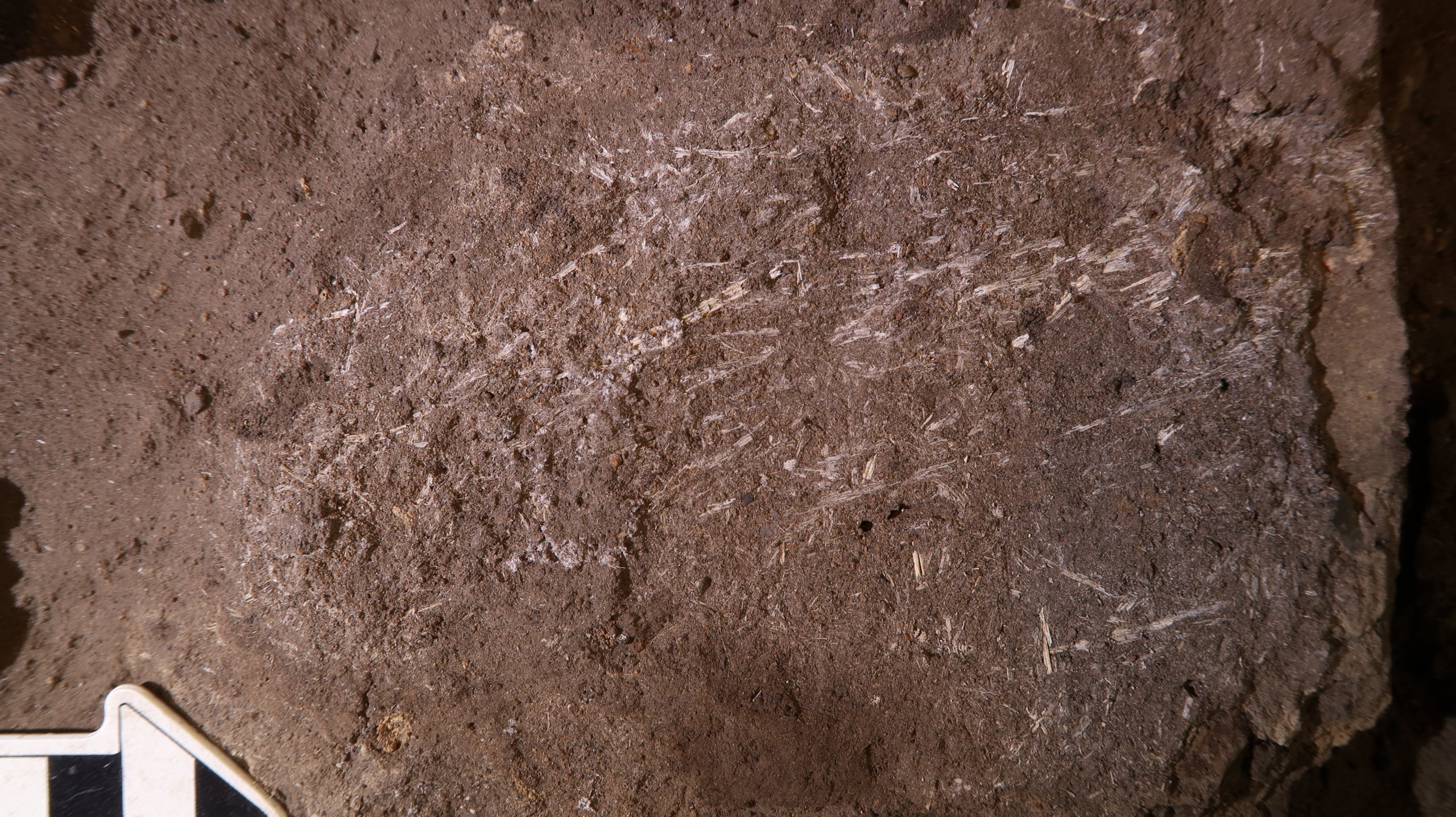
Evidence like stone tools, butchered bones, fire pits, and cave paintings provide a glimpse into the past, but archaeologists often struggle to uncover some of the more mundane aspects of prehistoric life. This is why the discovery of rudimentary beds at a rock shelter in the Lebombo Mountains near South Africa and Eswatini was so important, as it showed how humans slept some 227,000 years ago. These beds were made from bundles of grass placed atop a layer of ash. In addition to providing comfort and a clean insulating surface, this setup kept the bugs away, as ash repels crawling insects. Beds like these were often burned to rid the campsite of pests and then topped off with a fresh layer of grass.
An Ice Age Structure Made From the Bones of 60 Mammoths
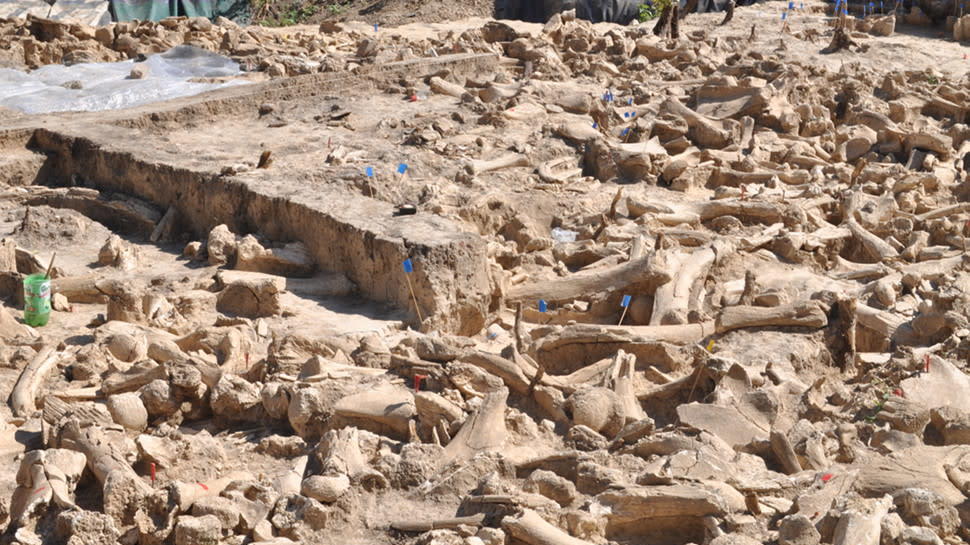
Scientists have found structures made from mammoth bones before, but the one found at the Kostenki 11 site near the Russian city of Voronezh is now the largest in the archaeological record. Dating back approximately 25,000 years, it’s also the oldest. The structure measures 12.5 metres wide and was made from hundreds of woolly mammoth bones. The structure may have provided refuge from the harsh ice age winters, and possibly a place to store and stockpile food.
Melting Ice Reveals a Viking Mountain Pass
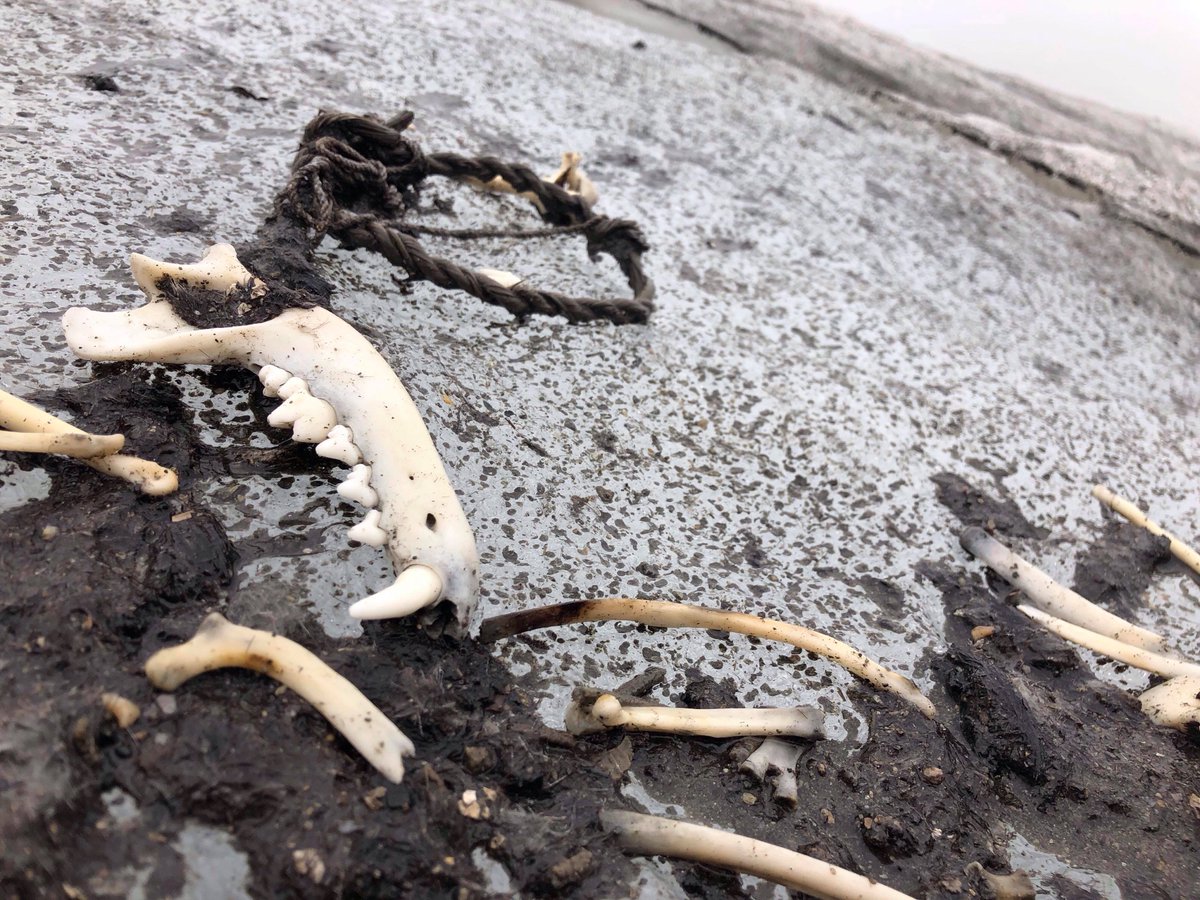
Mittens, shoes, horse snowshoes, bits of sleds, and the remains of a dog still attached to its collar were among the many items found in a former mountain pass in central Norway. Located on Lomseggen Ridge, the pass was used for over 1,000 years, with traffic peaking around 1000 CE during the Viking Age. A melting glacier — the result of climate change — made this and similar archaeological discoveries possible. Also, climate change still sucks.
Chickens and Hares Were Worshiped by Ancient Britons
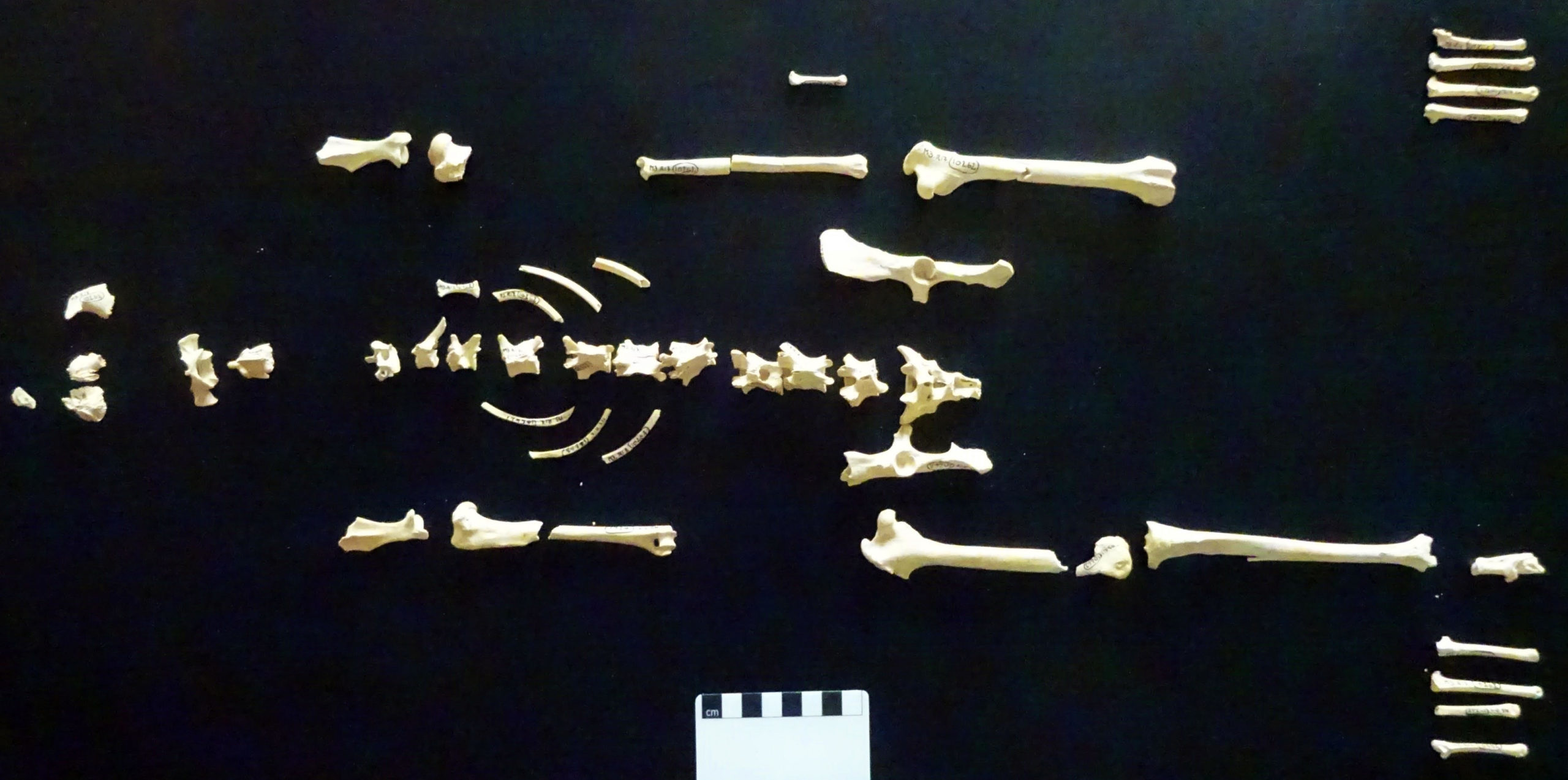
The first chickens and hares to arrive in Britain around 2,300 to 2,200 years ago were treated as spiritual creatures, not food, according to research published in April. These animals were seen as items of exotica and associated with specific deities, and it wasn’t until after the Roman era had ended in Britain that these critters would end up as staples on dinner plates.
